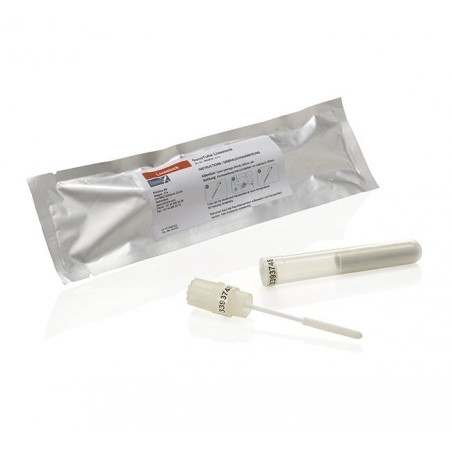Field studies on Salmonella infection in suckling piglets are scarce due to the intrinsic difficulties of collecting proper samples (i.e. tonsils or mesenteric lymph nodes), and most of them rely on the analysis of rectal swabs that limit their accuracy. We used 495 slaughtered 4-weeks-old male piglets intended for human consumption from 5 Salmonella-seropositive breeding farms to collect gastrointestinal packages and perform a thorough detection of Salmonella on mesenteric lymph nodes and intestinal content.
The overall prevalence of both infection and shedding was high (≈ 36%) indicating that piglets played an active role in Salmonella maintenance in the farms. Major serotypes found in piglets included 4,[5],12:i: (35.4%), Rissen (17.1%), Derby (10.9%) and Bovismorbificans (10.3%). In most of the infected animals (72.8%) the same serotype was found in mesenteric lymph nodes and feces. Significant higher ELISA OD% values were found in meat juice samples from non-infected piglets compared to infected ones (median OD% of 12.0 and 17.3, respectively; P = 0.002) suggesting some protective effect of sow’s colostrum. Salmonella was also isolated from feces from weaned sows contemporary of the slaughtered piglets, and 89% of the serotypes identified in sows were also detected in piglets. Pulsed field gel electrophoresis analyses showed that 75% of the piglet isolates that were compared to those of sows were related to them, suggesting the circulation of Salmonella strains between sows and piglets.

It appears that improving piglet colostrum intake along with the reduction of the shedding in sows may favor the control of Salmonella infection in breeding farms.
Casanova-Higes A, Marín-Alcalá CM, Andrés-Barranco S, et al. Weaned piglets: another factor to be considered for the control of Salmonella infection in breeding pig farms. Vet Res. 2019;50(45) https://doi.org/10.1186/s13567-019-0666-7





